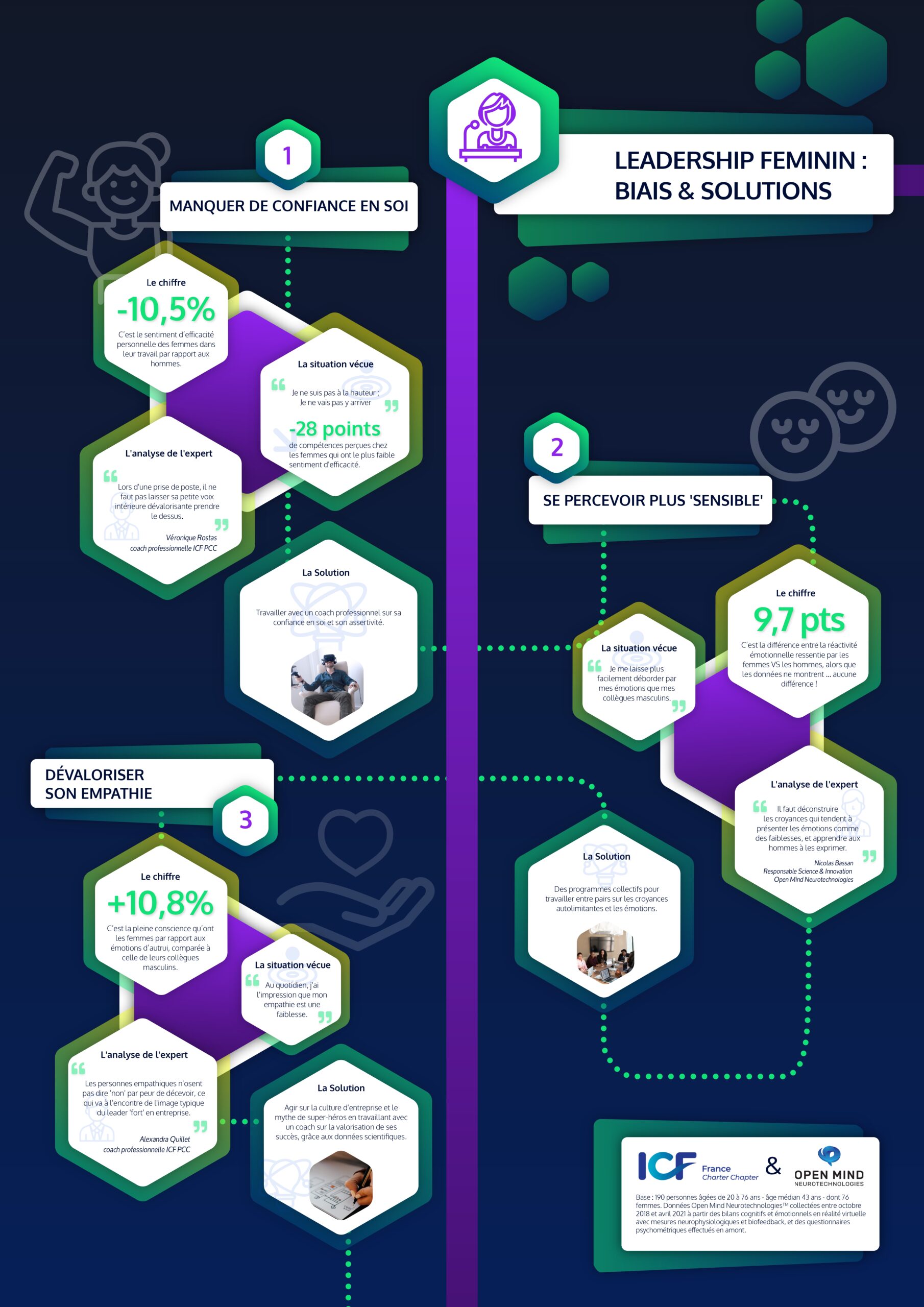28%. C’est la proportion de postes de direction pris par des femmes au niveau mondial en 2019 ; un chiffre qui n’a pas beaucoup évolué depuis 25 ans (World Economic Forum, 2020). Comment interpréter cette quasi-stagnation de l’occupation des femmes aux postes à responsabilités ? Pourquoi les milliards investis dans la diversité et l’inclusion ne donnent-ils pas lieu à des résultats visibles et mesurables ?
Second-generation bias
To fully understand these issues, it is particularly important to focus on second-generation biases (Ibarra & Petriglieri, 2016), i.e. the shared beliefs, cultural references and micro-behaviors of managers with regard to their female employees compared to their male counterparts. Women themselves restrain themselves in their day-to-day work (e.g. they hesitate to ask for a pay rise, don’t dare ‘sell’ themselves for a job …). Unintentionally and often unconsciously, these biases result in behaviors and an environment that discourage and give different direction to female leaders. Less identifiable, they require work on beliefs and behaviors at individual level, and work on cultural frames of reference at collective level.
Infography: 'Female Leadership' - Bias & Solutions
The infographic below summarizes the main insights from the study we carried out in partnership with theInternational Coaching Federation (ICF) – which can be downloaded at the bottom of the page – on ‘Female Leadership’ and the beliefs and realities surrounding the differences between men and women, beyond the biases.
Discover 3 presuppositions that women project onto themselves as part of their professional careers, and on which Open Mind Neurotechnologies’ data, together with scientific literature and the experience of ICF professional coaches, shed a unique and fresh light. You’ll also find neuroscience-based solutions for breaking the self-perpetuating cycle of representations of ‘female leadership’ and profoundly changing the current dynamic. These key figures and statements come from data collected during our coaching sessions between 2018 and 2021 on 190 individuals aged between 20 and 76, including 76 women.
NB: The data presented are trends as well as averages, which disregard individual variability. Moreover, self-limiting biases are not limited to women alone. However, statistical analysis shows that the self-limiting biases presented below are, on average, more systematically present in women than in men.
Download now our complete study on 'Women's Leadership' beyond bias!

Watch our latest webinar co-hosted with the International Coaching Federation (ICF), which summarizes the main insights of the study.


